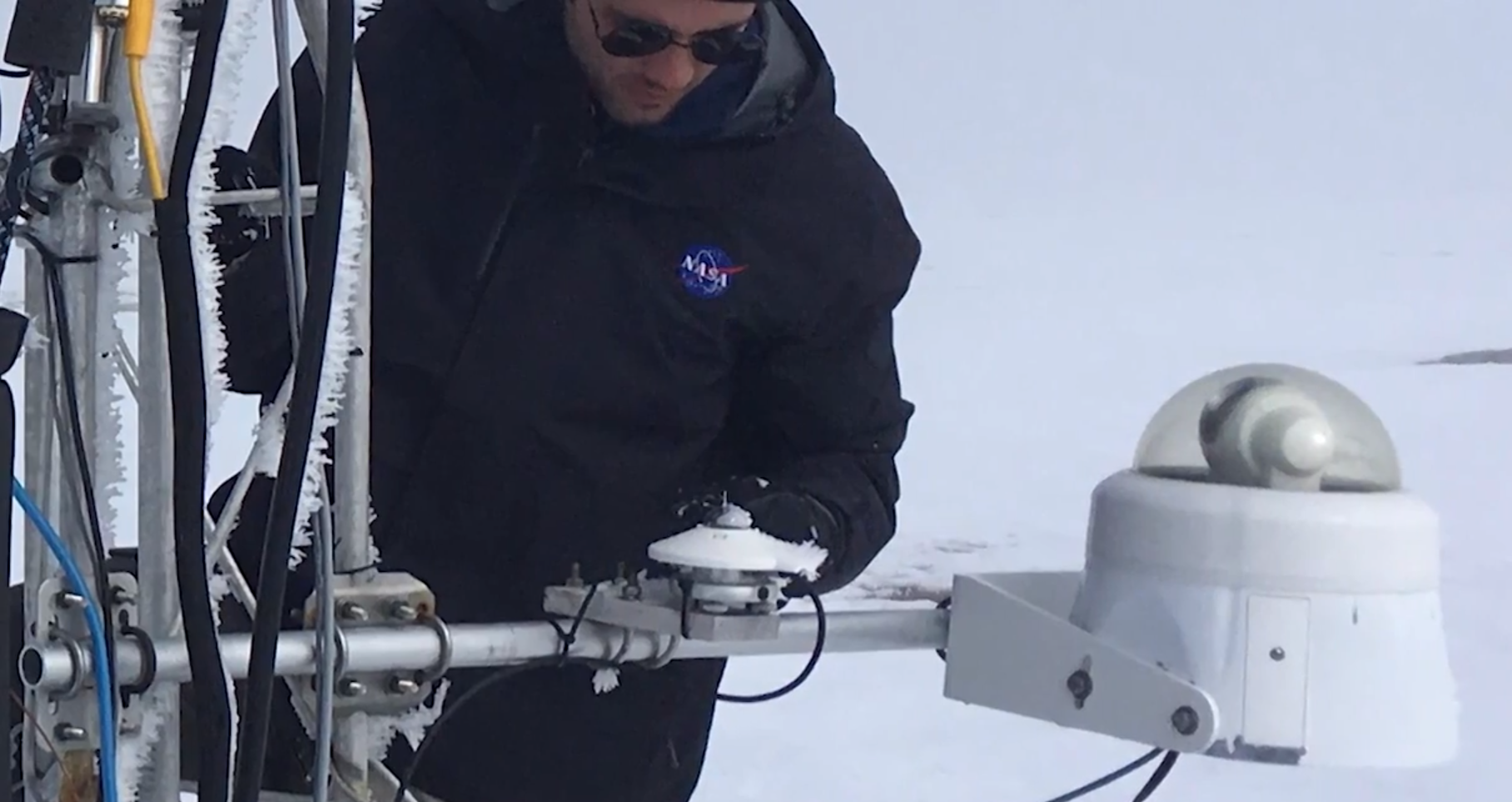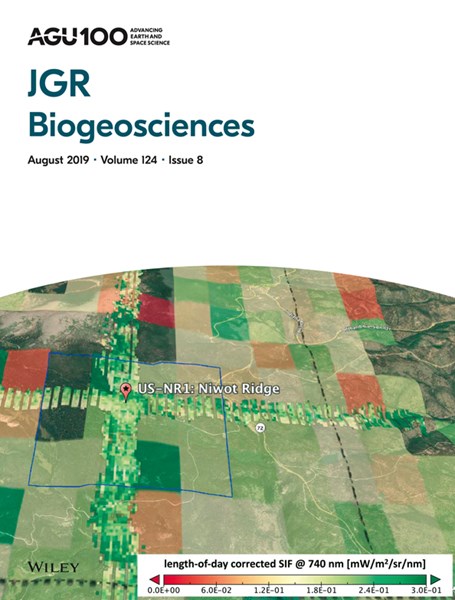
Methane (CH4) is a powerful greenhouse gas, capturing more heat per molecule than carbon dioxide (CO2). Although CH4 is less concentrated in the atmosphere, it is the second most important greenhouse gas with respect to climate change after CO2. Arctic tundra ecosystems are potentially major sources of CH4, given large soil carbon storage and generally wet conditions, favorable to CH4 production.
INTAROS researchers have just published a study that investigates if the persistence of unfrozen soils is associated with higher CH4 emissions from the Arctic. They combined long‐term soil temperature measurements, terrestrial CH4 enhancements from the National Oceanic and Atmospheric Administration monitoring station in Utqiaġvik, AK, and CH4 emissions from Arctic tundra ecosystems across four stations in the North Slope of Alaska.
Results show that from 2001 to 2017 the soil is freezing later and that later soil freezing is associated with higher fall CH4 enhancements. Given that unfrozen soils are related to higher CH4 emissions, a later soil freezing could contribute to the observed increase in the regional atmospheric CH4 enhancement. Unfrozen soil layers persisted after the air temperature was well below 0 °C, suggesting that air temperature does not properly predict the sensitivity of CH4 emissions to climate warming.
This study was also recently featured in EOS Earth and Space News, you can check it out here.
Abstract:
The atmospheric methane (CH4) concentration, a potent greenhouse gas, is on the rise once again, making it critical to understand the controls on CH4 emissions. In Arctic tundra ecosystems, a substantial part of the CH4 budget originates from the cold season, particularly during the “zero curtain” (ZC), when soil remains unfrozen around 0 °C. Due to the sparse data available at this time, the controls on cold season CH4 emissions are poorly understood. This study investigates the relationship between the fall ZC and CH4 emissions using long‐term soil temperature measurements and CH4 fluxes from four eddy covariance (EC) towers in northern Alaska. To identify the large‐scale implication of the EC results, we investigated the temporal change of terrestrial CH4 enhancements from the National Oceanic and Atmospheric Administration monitoring station in Utqiaġvik, AK, from 2001 to 2017 and their association with the ZC. We found that the ZC is extending later into winter (2.6 ± 0.5 days/year from 2001 to 2017) and that terrestrial fall CH4 enhancements are correlated with later soil freezing (0.79 ± 0.18‐ppb CH4 day−1 unfrozen soil). ZC conditions were associated with consistently higher CH4 fluxes than after soil freezing across all EC towers during the measuring period (2013–2017). Unfrozen soil persisted after air temperature was well below 0 °C suggesting that air temperature has poor predictive power on CH4 fluxes relative to soil temperature. These results imply that later soil freezing can increase CH4 loss and that soil temperature should be used to model CH4 emissions during the fall.
Citation:
Arndt, K. A., Oechel, W. C., Goodrich, J. P., Bailey, B. A., Kalhori, A., Hashemi, J., et al. ( 2019). Sensitivity of methane emissions to later soil freezing in Arctic tundra ecosystems. Journal of Geophysical Research: Biogeosciences, 124, 2595– 2609. https://doi.org/10.1029/2019JG005242

16 October 2019